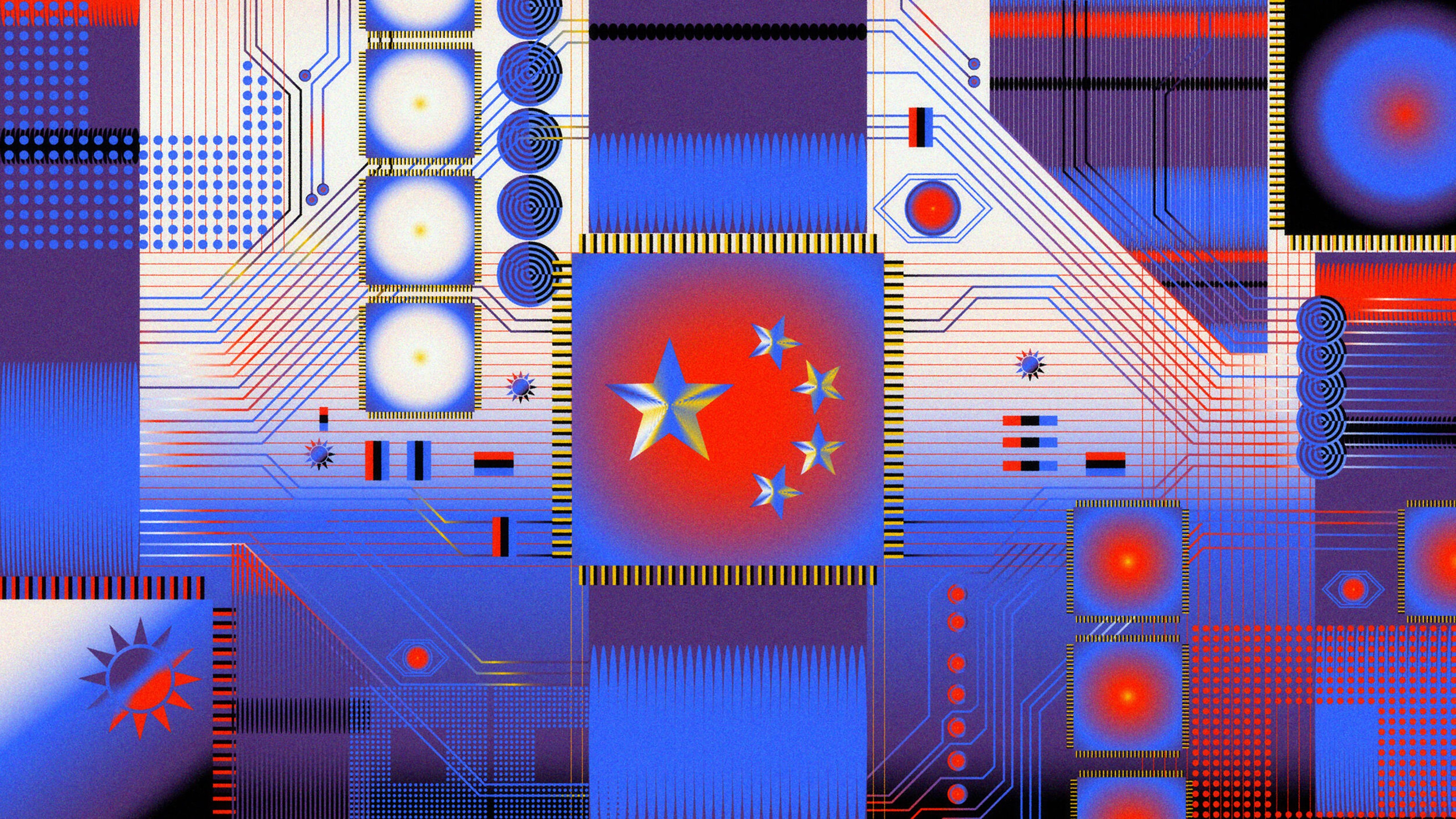The Rise of the Designer

In the Matrix trilogy, God is portrayed as a software Architect. The fact that the first movie was released in 1999 is appropriate since software code had begun to exert a profound impact on our daily narrative. Nothing captured the importance of the software engineer better than the fact that the world’s richest man was geeky hacker turned entrepreneur Bill Gates. But if the Matrix was released today, the directors would have to recast God as a Designer. In the early half of the 21st century, it is the Designer, not the Architect, who will arbitrate and mediate our experiences, both real and virtual.
“Design thinking” has become a prominent buzzword: magazine articles and business bookshelves are strewn with it. But celebrating the process of design is to miss the point of its importance: design’s significance lies in its power to change people’s behavior and thus culture and society itself. Designers impact behavior by encoding implicit assumptions in products that subliminally perpetuate, enforce, and extend cultural norms. Take the Barbie Doll, for example. Through the design of its small waist and ample bosom, the doll signals that the hourglass shape is the perfect figure for a woman. Just scattered around your living room are numerous instances of design decisions that have impacted your beliefs and habits without your ever realizing it. Design’s power is further deepened by its stickiness: once we like a product, we find it very difficult to switch to anything else. It has been impossible to divert people away from the highly inefficient design of the QWERTY keyboard, for instance.
The best Designers don’t use focus groups to understand what people want. They tell us what we should want. Nowhere is this ethos held more dearly than at the ueber design firm Apple. As Steve Jobs once commented, “You can’t go out and ask people, ‘What’s the next big thing?’ There’s a great quote by Henry Ford, right? He said, ‘If I’d have asked my customers what they wanted, they would have told me ‘A faster horse.’’’ By designing according to their own tastes and instincts, Jobs and his team have in essence elected themselves the arbiters of our culture. Or rather, we’ve voted with our wallets. This month, Apple surpassed Microsoft in market capitalization to become the world’s largest technology company: one American buys an iPad every 3 seconds.
The impact of the design of an iPhone is very different from that of a Barbie doll: the iPhone mediates almost every interaction we have with each other, while the Barbie takes up one infinitesimal slice of our time and attention. Products that intermediate our experiences are what give Designers God-like power. The cell phone used by 5 billion people in the world is the most prominent example. We use it for everything from communication to paying bills to entertainment. Now we’re going to use it in a more profound manner than ever before: as our third eye. Augmented reality (AR) applications will layer digital information on everything we see through the phone. The implications of AR are profound: we can choose to see what we want. For example, we can download layers that highlight only gay or Caucasian neighborhoods in a city, or labels young women in a bar. Cyberpunk author Bruce Sterling cautions against ‘Nazi layers’ that entrap us in personalized worlds, and balkanize us from each other. The horsepower of AR comes from the code and the databases at the back-end, but the cultural popularity and usage relies on the ease with which the phone enables it.
Such AR apps hint at the emerging reality by which we will not login to the Web—we will live in the Web. Interfaces will emerge in all kinds of formats including in contact lenses and 3D spaces designed by Minority Report consultant John Underkoffler. With the spread of sensors, we will be surrounded with digital information which we’ll have to learn to filter using products like the iPhone.
It is the Designer who will determine how we will interact with each other in the intersection of real and virtual spaces. The opportunities to encourage behaviors that are positive for humanity are great, but so are possibilities to perpetuate negativity and divisions between us. It’s a responsibility Designers need to take seriously.
Ayesha and Parag Khanna explore human-technology co-evolution and its implications for society, business and politics at The Hybrid Reality Institute.





